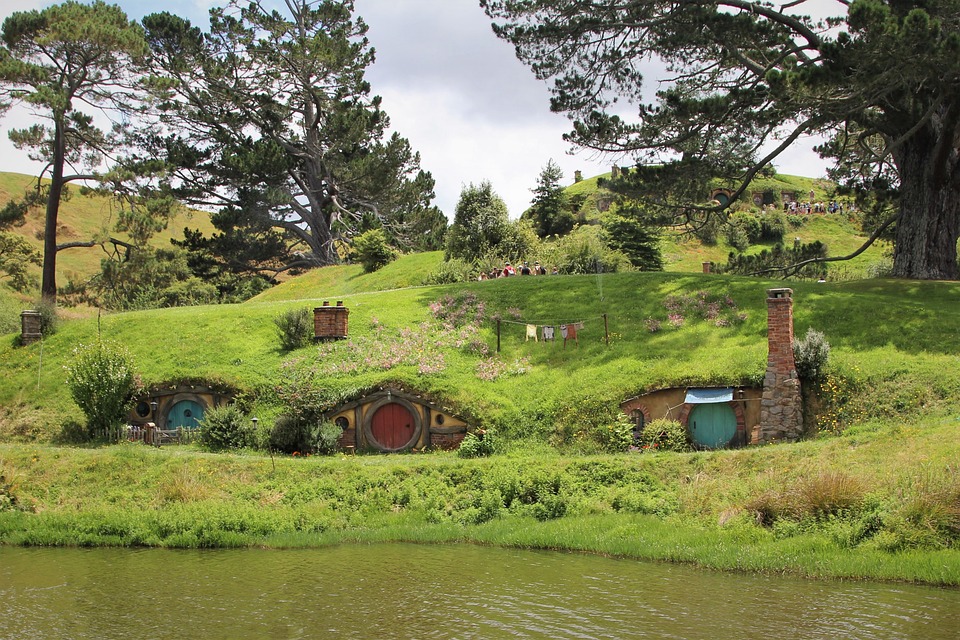Moroccan cinema has undergone a fascinating evolution over the years, and one aspect that stands out is the rich and diverse representation of sexuality on screen. From the early days of censorship to the recent emergence of bold and thought-provoking films, Moroccan cinema has challenged societal norms, pushed boundaries, and provided a platform for exploring complex and often taboo subjects related to sexuality.
The journey of Moroccan cinema began back in the 1960s, when the country gained its independence. The industry was heavily regulated by a strict censorship regime, with filmmakers facing numerous restrictions on what they could portray on screen. Themes related to sexuality were deemed too controversial and were systematically censored or toned down, leaving very little room for authentic and honest representations of sexual experiences.
However, despite these challenges, some filmmakers were able to subtly explore sexuality within the boundaries set by the authorities. Filmmaker Mostafa Derkaoui’s “The Enchanted Mirror” (1966) is a perfect example of this. The film revolves around a young woman’s sexual awakening, but it does so in a symbolic and figurative manner, cleverly bypassing censorship. Through the use of metaphors and allegories, Derkaoui was able to convey the protagonist’s sexual desires without outright explicitness, ultimately paving the way for more nuanced representations of sexuality in Moroccan cinema.
The 1980s witnessed a shift in Moroccan society, with the advent of more liberal attitudes towards sexuality. This newfound openness was echoed in the emerging cinema of the time. Director Jillali Ferhati’s “Desperation” (1981) pushed boundaries by addressing themes of female sexuality and sexual liberation. The film tells the story of a young woman who rebels against societal norms and expectations, finding liberation through exploring her own desires. “Desperation” was a breakthrough moment for Moroccan cinema, as it challenged the existing narrative and sparked conversations about sexual autonomy and women’s rights.
As the 1990s rolled in, the Moroccan film industry experienced a surge in creativity with the rise of a new generation of filmmakers. These directors were unafraid to tackle controversial subjects head-on, including sexuality. Nabil Ayouch, one of the most prominent Moroccan filmmakers of this era, made a significant contribution to the representation of sexuality on screen. In his film “Ali Zaoua: Prince of the Streets” (2000), Ayouch portrays the lives of street children and delves into the exploration of their sexuality. The film resonated with both local and international audiences, not only for its powerful storytelling but also for its truthful depiction of the struggles faced by marginalized communities.
More recently, Moroccan cinema has witnessed a renaissance, featuring a new wave of daring and fearless directors. They are breaking down barriers and confronting deeply ingrained taboos surrounding sexuality, gender identity, and LGBTQ+ issues. Director Maryam Touzani’s “Adam” (2019), for example, explores the unlikely friendship between a pregnant, unmarried woman and a young pregnant teenager. Through their complex relationship, the film provides a nuanced examination of sexual autonomy, female solidarity, and societal expectations.
This newfound openness and willingness to explore the intricacies of sexuality has not been without controversy. Moroccan society, though evolving, still holds conservative values in certain areas, and films that challenge these values often face backlash and criticism. However, the continued emergence of groundbreaking films is indicative of a brave and progressive film industry that refuses to be silenced.
In conclusion, the evolution of Moroccan cinema’s representation of sexuality is a story of triumph over adversity. From the early days of censorship to the bold and daring films of today, Moroccan filmmakers have successfully navigated the challenges posed by societal norms. By pushing boundaries and addressing taboo subjects, they have opened up conversations and shed light on the diverse experiences of Moroccan society. The rich tapestry of sexuality portrayed on screen reminds us of cinema’s power to provoke, challenge, and inspire societal change.
Finally, we would like to introduce you to an innovative platform dedicated to the study of sexuality in Arabic cinema.
Complying with international laws and regulations, our site offers a variety of film analyzes, from independent to mainstream, that provide a subtle insight into sexual themes in the Arab film industry. With a streamlined interface and simple search features, aflamaljins.com provides a safe, respectful and interactive environment for users. If you are intrigued by the intersection of Arab culture, sexuality and cinema, our website is a comprehensive and educational resource.
